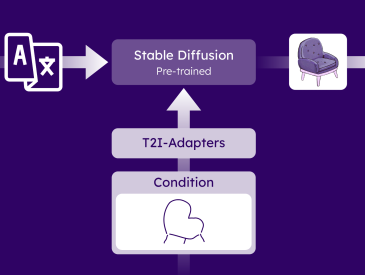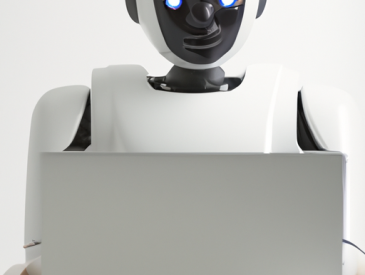Tech giant Microsoft has unveiled a groundbreaking AI training method called the “Algorithm of Thoughts” (AoT), aiming to enhance the reasoning abilities of large language models, such as OpenAI’s ChatGPT. This innovative approach combines the strengths of human intuition with algorithmic logic, potentially leading to more efficient and human-like problem-solving capabilities.
The AoT technique represents a significant step forward for Microsoft, which has heavily invested in AI research and development, particularly through its partnership with OpenAI. As language models like ChatGPT continue to evolve, the need for more streamlined and effective problem-solving methods becomes apparent.
According to a published research paper, the AoT technique guides language models through a more organized and efficient problem-solving path. By utilizing “in-context learning,” the model can explore different solutions systematically, resulting in faster and less resource-intensive problem-solving processes.
The researchers behind AoT claim that the technique surpasses previous single-query methods and is comparable to recent multi-query approaches employing extensive tree search. In fact, the results suggest that instructing a model with an algorithm can lead to performance surpassing that of the algorithm itself.
One of the key advantages of the AoT method is its ability to address the limitations of current in-context learning techniques, such as the “Chain-of-Thought” (CoT) approach. While CoT sometimes provides incorrect intermediate steps, AoT utilizes algorithmic examples to guide the model and achieve more reliable results.
Drawing inspiration from both human cognition and algorithmic exploration, the AoT technique aims to augment the reasoning capabilities of language models. It combines intuitive cognition with organized, exhaustive analysis, allowing for comprehensive idea examination and improving performance.
By overcoming human working memory limitations, AoT enables language models to analyze complex problems more comprehensively. Unlike linear reasoning or tree-search techniques, AoT offers flexible contemplation of different options for sub-problems, maintaining efficiency with minimal prompting and balancing costs and computations effectively.
Microsoft’s investment in AI and its integration of the AoT technique into advanced systems like GPT-4 show the company’s commitment to pushing the boundaries of AI reasoning capabilities. While teaching language models to “think” in a more human-like manner presents challenges, the potential transformative impact on problem-solving is significant.
As Microsoft continues to refine the prompt engineering process and optimize the AoT technique, it holds the promise of enabling language models to efficiently solve real-world problems while also minimizing their carbon footprint.
The introduction of the Algorithm of Thoughts marks an exciting advancement in AI research, blending human intuition with algorithmic logic to enhance reasoning abilities. With continued innovation and refinement, the integration of human-like reasoning into AI systems could unlock new possibilities across various industries.





